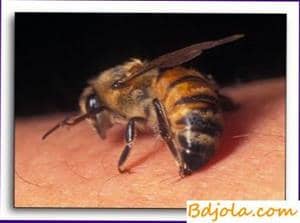
Tablets contain different amounts of bee venom, purified from toxic protein (protein), and are colored in different colors depending on the dose of the poison. Coloring is carried out by harmless vegetable paints. For one course of treatment, it is recommended to take 28 tablets containing 215 bees poison. The studies showed that the tablet apitoxin had a good therapeutic effect on patients with neuralgia, radiculitis and other diseases: recovery was observed from 10 patients, but treatment of rheumatism had no effect.
In Bulgaria, they proposed and successfully tested the method of using bee venom and ultrasound. This method is promising, since the combined therapeutic effect of bee venom and ultrasound is used. The therapeutic and prophylactic properties of bee venom will, of course, continue to be studied in animal experiments and in clinical settings.
There is no doubt that in the near future bee venom will win in medicine a certain place not only as a curative, but also as a preventive remedy. However, one should always remember that apitoxin is a strong poison, and therefore caution is necessary when using it. Paracelsus rightly pointed out that a dose makes a substance a poison or a medicine. This I want to remind some doctors who appoint a one-session apitoxinotherapy a hundred stings and more.
Мед снотворное. Щавелевая кислота от варроатоза.
Bee venom